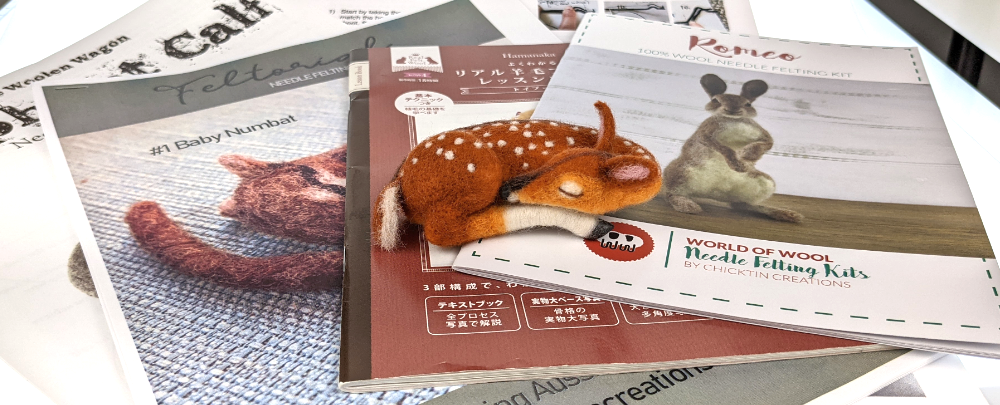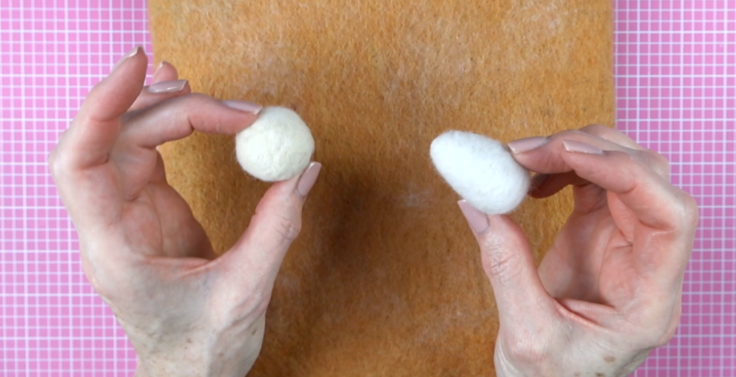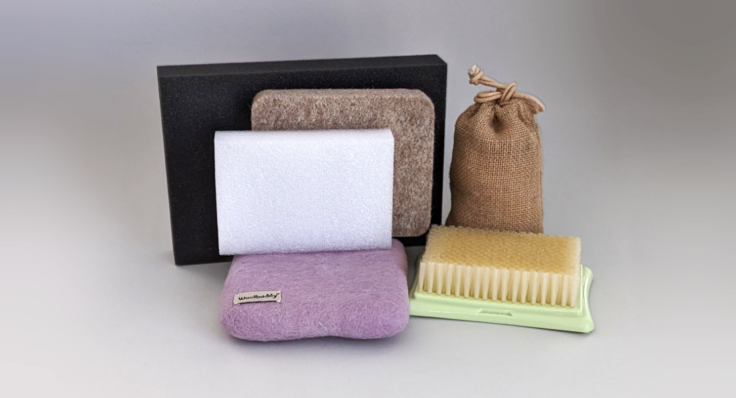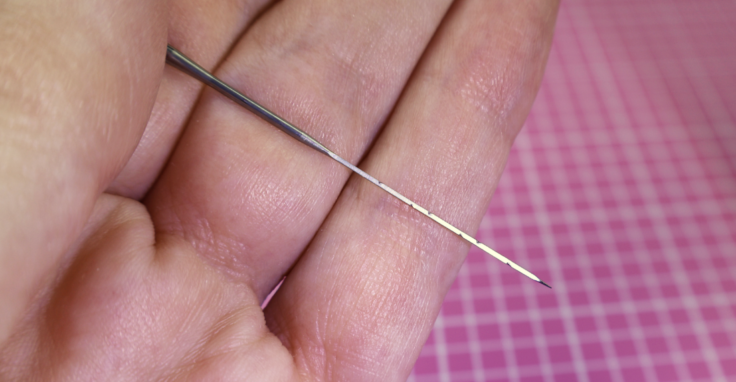Needle felting tutorials help you learn faster and try techniques that would take years to learn on your own. You also feel a sense of accomplishment when you finish one! I’ve completed about 60 tutorials over the last 5+ years. Based on my experiences, here’s what you should consider as you look for a tutorial that’s right for you.
What do you want to make?
Whether you’re looking for a 2D or 3D needle felting tutorial, you’ll be more excited about making the piece if it aligns with your interests. Do you want to learn how to make animals, humans/humanoids like gnomes or dolls, game characters, dragons or fantasy figures, flowers, or landscapes? Or do you want to make something to decorate your home or apply felted touches to amigurumi sculptures. You can find tutorials for all of these.
What style would you like to try?
Since needle felting is such an adaptable medium to work with, artist create work in almost any style you can think of. Once you decide what you’d like to make, consider what style you’d like to work in. Do you prefer Realism, Kawaii, Rustic, 1950s, Fantasy, Anime, Waldorf, or something else? If you’re not sure, look for something that evokes a “I want to make that!” response.
How do you prefer to learn?
People learn needle felting differently. Some like to jump right in and start stabbing wool. Others feel more comfortable soaking up information before they pull out their wool. Tutorials are offered in different formats and situations. Pick one that fits how you like to learn.
- If you learn better in person or in a group, look for local classes. If there aren’t any near by and you don’t want to travel, look for live zoom classes. They are the next best thing to an in person experience. Zoom classes also often have the added bonus of being recorded. Instructors may send you the link afterward so you can watch it again later.
- If you prefer reading, a PDF tutorial might be a good fit. They are generally an instant download which means you can start asap. Look at the preview images of them so you can see the quality of the photos and how much text they include. Also take a look at the reviews for the tutorial.
- If you prefer reading, you might also choose a needle felting book. Look for one that offers a preview of some of the pages so you can get a feel for the way the instructor writes, the type of photos or drawings it includes and how detailed they are. The downside to books is you may have to wait for them to be shipped. But they have multiple projects and offer more tips and how to advice which can be helpful.
- If you prefer watching videos, some are free and some you will pay for. Consider whether the video is step-by-step or time lapse. Time lapse recordings are fun to watch but can be very difficult to follow. They also may not include all the steps for a project. Video soundtracks vary. Some are just music and others include the teacher speaking. If you’re a beginner, choosing a video where the teacher explains their process and technique will make learning easier. Finally, some videos you pay for allow you to download them which is great if you travel or commute. If you need the ability to download, ask the teacher whether they offer this before you purchase.
What is your skill level?
When you start needle felting, what you want to make may be ahead of your abilities. If your first tutorial is at the intermediate or advanced level, it may not include beginner techniques. The teacher would expect you to have already learned those. Be fair to yourself and pick a beginner level tutorial.
Does it include measurements or printable stencil?
Whether your watching a video or reading a tutorial, proportions can be hard to estimate. Look for a tutorial that includes either the measurements or a line drawing you can print. The drawings or stencils are fantastic! You hold your piece up to them to make sure you’re making it the right size.
How much does it cost?
Prices for tutorials vary wildly. Beginner level projects tend to be less expensive. But it depends on what is included. Does it include a kit or supply pack? If not, how much are supplies and tools going to cost? You want to look at the total cost of the project, not just the cost of the tutorial.
Can you ask teacher or community questions?
If you get stuck or need help, can you contact the teacher? Some teachers have online groups you can join or they’ll answer questions on social media. Take a look at what people are asking and how responsive the teacher is. They’re usually very helpful as they want you to enjoy making your project.
How long will the tutorial take to complete?
Are you looking for something you can complete in an afternoon or is a longer project ok? Try to pick a tutorial that matches the time you can realistically commit. Pick something you’re likely to finish so you won’t be frustrated.
Finally, look for reviews and photos of pieces completed by students on social media. That will give you a feel for how well others were able to complete the tutorial.
Last Updated on September 21, 2024




 Basic shapes in needle felting: your foundation for fluffy creations (FAQ #5 video)
Basic shapes in needle felting: your foundation for fluffy creations (FAQ #5 video)  Choosing the right needle felting mat: a comprehensive guide (FAQ #4 video)
Choosing the right needle felting mat: a comprehensive guide (FAQ #4 video)  Needle felting needles: a comprehensive guide (FAQ #3 video)
Needle felting needles: a comprehensive guide (FAQ #3 video)  Ditch the overwhelm: essential needle felting supplies for beginners (FAQ #2)
Ditch the overwhelm: essential needle felting supplies for beginners (FAQ #2)